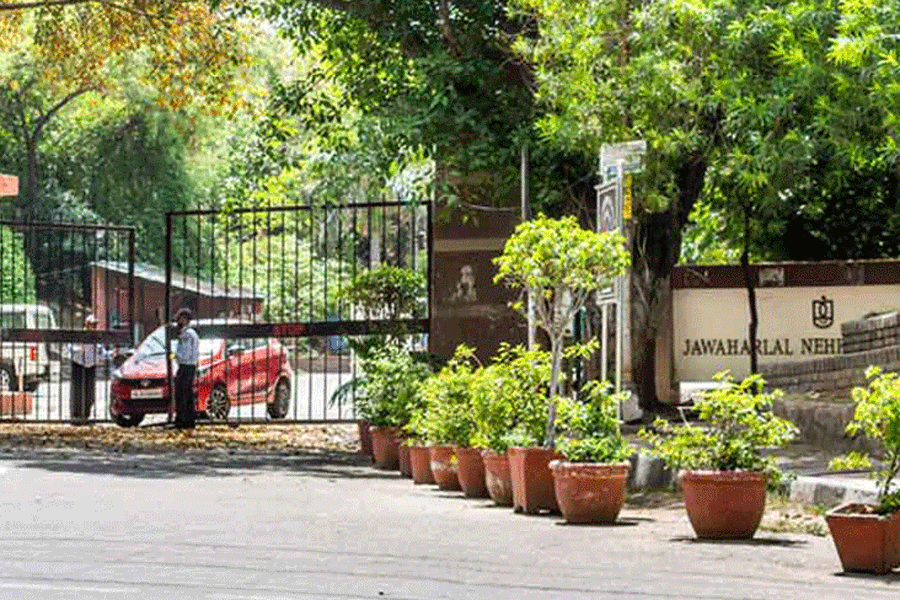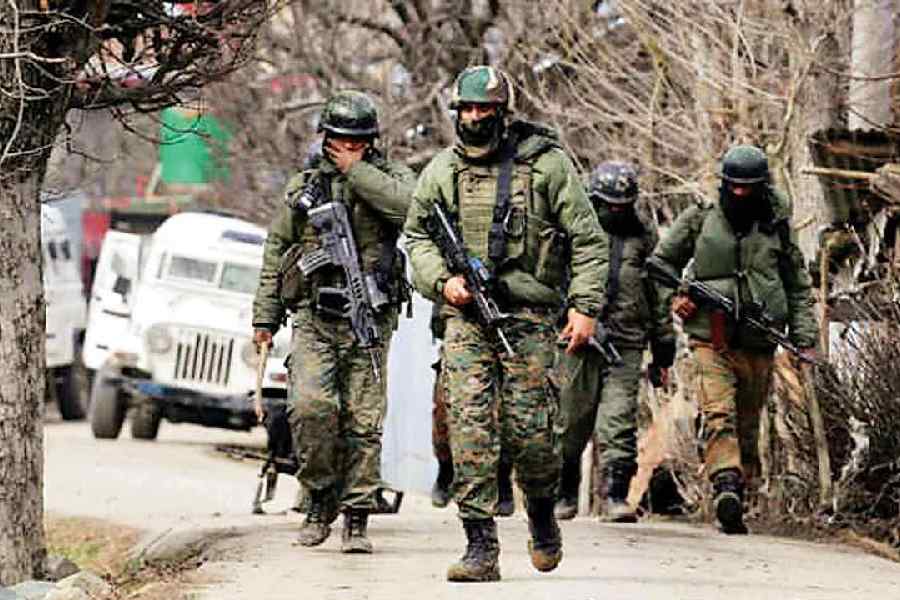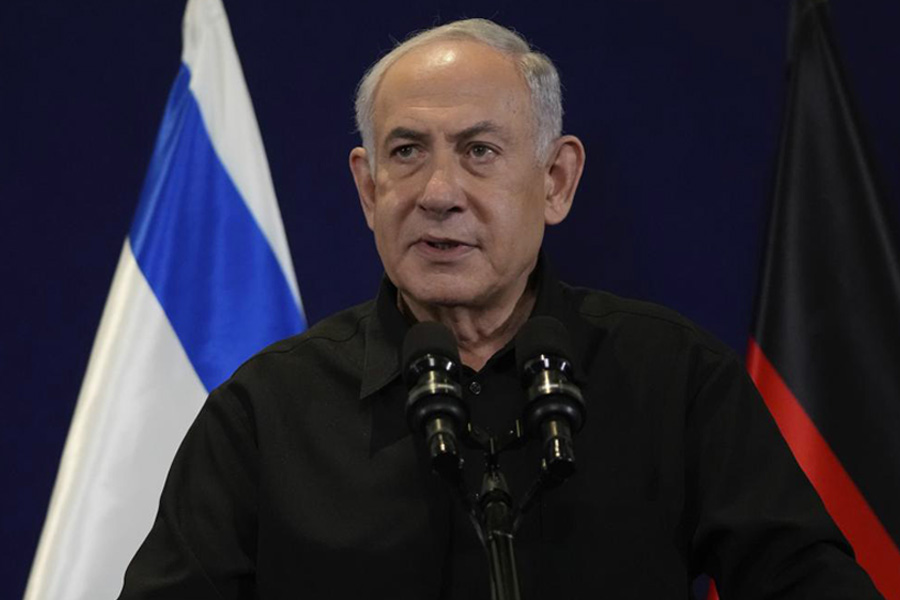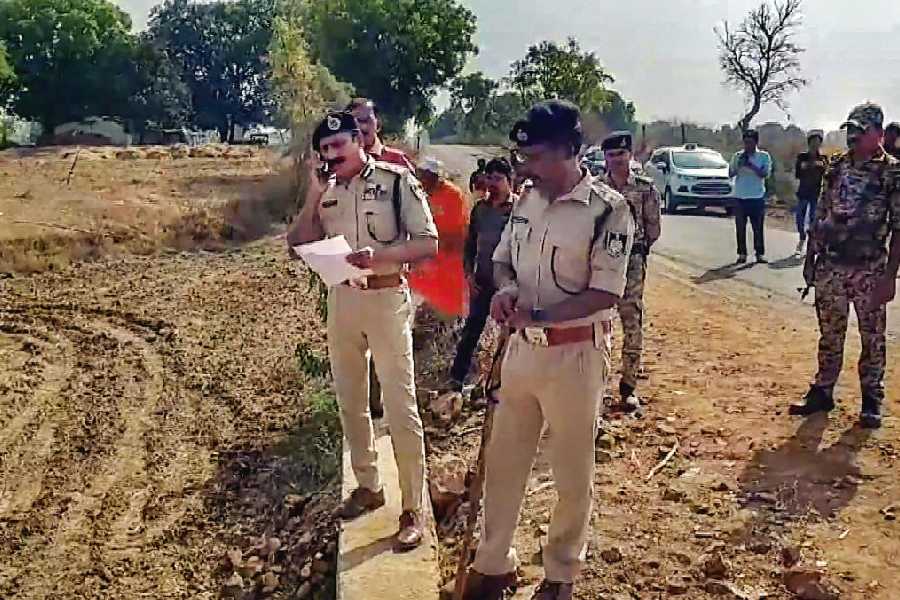World leaders attending G20 meetings in India have been greeted with the words, “Welcome to the Mother of Democracy”. In one of his latest speeches, Prime Minister Narendra Modi, with particular reference to the Mahabharata, described India as “the Mother of Democracy”. But is the claim valid? What has been the form of socio-political governance in India from the Vedic times till the start of the Muslim invasions? Ranabir Chakravarti, former professor of ancient Indian history and culture at JNU, examines the question in this dialogue with Subhoranjan Dasgupta, professor of human science.
Q: The Vedas, especially the Rig Veda, are full of splendid invocations to the gods. But daily life and social existence are also described. Does that indicate anything about the nature of rule and governance in those times? If it does, can that be regarded as an ancient precursor to the modern democratic system?
Chakravarti: Any polity is inseparably associated with its socio-economic and cultural milieu. The Vedic corpus, including the Rig Veda, acquaints us with three folk (jana or vis) assemblies — vidatha, sabha and samiti, the vidatha being the oldest.
The raja in the Rig Veda is not a monarch but a clan leader (vispati), who attended the sabha and the samiti and desired the support of the sabha and the samiti in the affairs of the clan, including making wars and the distribution of booties. A member of the sabha was a prosperous person (maghavan), rich in cattle (goman). Both debates in the samiti and the unanimity of voices — tendencies contradictory to each other — figure therein. Recreational activities — a game of dice and the sharing of food — took place in the assemblies.
By no means can these folk assemblies be considered forerunners of a democratic polity. Such a preposterous claim was made by K.P. Jayswal (1910) but was comprehensively refuted by U.N. Ghoshal, a premier nationalist historian with a critical acumen for examining Vedic and other ancient texts. From the later Vedic times onwards (c. 1000-600 BCE), the clan leader first became a chieftain and then emerged as a full-fledged king.
By performing Vedic sacrificial rituals — rajasuya, vajapeya and asvamedha — the ruler became the eater of the folk (visamatta); the Kshatriya ruler was the deer and the Vaisya the barley (yava) — highlighting the opposition between the devourer and the devoured.
The monarchy viewed the Vaisya and the Sudra as people fit to be evicted at will (yathakama-utthapya); the Sudra was deemed as one who could be killed at will (yathakamavadhya). The varna-jati system that institutionalises interminable inequality is directly detrimental to any democratic socio-political set-up.
Moreover, the traditional patriarchal society denied women any participatory role outside domesticity and the household. The Vedic term “sabha”, as a folk assembly, began to denote in classical Sanskrit the royal court (rajasabha).
Q: After the Vedic period, monarchy was the predominant system of governance. What were the guiding principles of this kind of polity? Could it be regarded as a precursor to the modern democratic system?
Chakravarti: A close perusal of the polity and the nature of the State and society in early India (from the earliest times to c. 1300 CE) cannot but show that monarchy as a system of governance was the most prevalent and predominant form of polity. A monarchical polity is marked by dynastic succession, territoriality, a clear separation between the king (raja) and his subject population (praja), a sizeable number of royal functionaries, a powerful and permanent army and regular resource mobilisation through taxation.
In the Sanskrit normative treatises (e.g. the Arthasastra, Manusamhita, Yajnavalkyasmriti and the Rajadharma section of the Mahabharata), monarchy is the most preferred form of governance. The functions and the nature of the monarchical polity are also firmly captured by inscriptions and courtly literature (e.g. Harshacharita by Banabhatta). There is much evidence to demonstrate that monarchy in early India, by its very nature, hardly tolerated any participatory politics by the people in general. In view of this, it is impossible to substantiate, empirically or conceptually, the claim that what is called democracy had its genesis in early India.
Q: Perhaps, there was some change during the Buddhist era? Oligarchy prevailed side by side with monarchy, and the sabhas, samitis and janapadas played a notable role in that phase. But can we label these as a precursor to the modern democratic system?
Chakravarti: The Buddhist texts and some later inscriptions and coins were aware of non-monarchical polities (ganasamgha/ ganarajya) like the Licchavis, Mallas, Sakyas and the Koliyas. These groups are erroneously labelled as democracies and republics. Though these often opposed and fought the powerful monarchies (like Magadha), these groups were headed by Kshatriya oligarchic families while being bereft of any monarchical set-up.
An important Buddhist canonical text, the Dighanikaya, discusses the origin of the State. Under pristine social conditions, as the Dighanikaya narrates, there was no differentiation of gender, property or power; but with the inevitable degeneration in human society people decided to find a raja from among themselves to ensure their protection and social stability. The first ruler is considered the premier person by dint of mutual consent (mahasammata).
This legend does not prove the prevalence of a participatory polity, but at least shows that the socio-political problem was a mundane one and was resolved by a mundane decision without divine intervention.
In the early centuries CE, the Malavas and the Yaudheyas, as ganas, did issue coins. These non-monarchical entities represented, according to B.D. Chattopadhyaya, “autonomous spaces” (distinct from democratic polities). They invariably challenged and were eventually dwarfed by monarchies.
From the mid-fifth century CE onwards, the Malavas turned into a monarchy and the Gupta kings ended the precarious existence of these entities. Kautilya did not hide his discomfiture and suspicion of any kind of samgha (a cooperative body, including a guild-like professional organisation).
A nascent monarch in eighth century Odisha took pride in assuming sovereign authority (samrajyachihna) by exterminating the chief of the forest-dwelling Sabara clan (Sabaraditya). This highlights the sharp opposition between kingship and a non-monarchical clan society.
Similarly, the Pratihara ruler Kakkuka, in an inscription (861 CE) from Rajasthan, took great pride in uprooting the Abhiras, a pastoral group that had retained its non-monarchical socio-political set-up till the fourth century CE. It needs to be reiterated that these non-monarchical entities (ganas/ ganasamghas) were not democracies.










